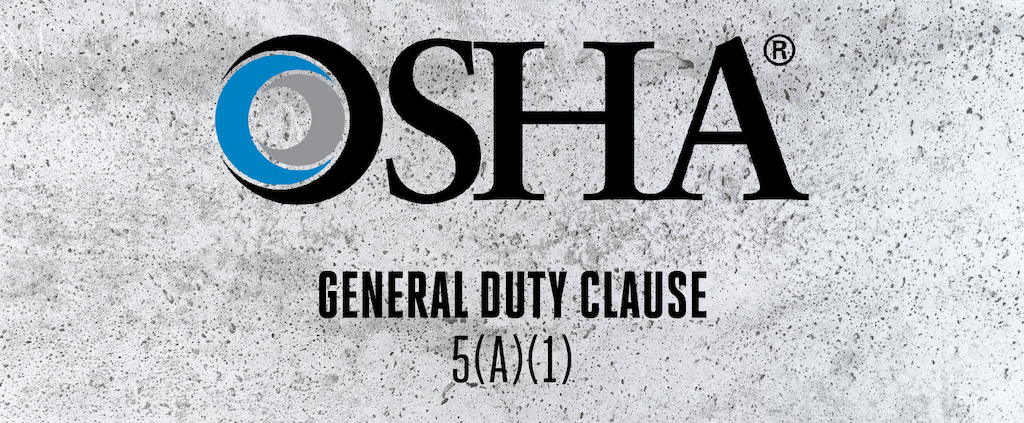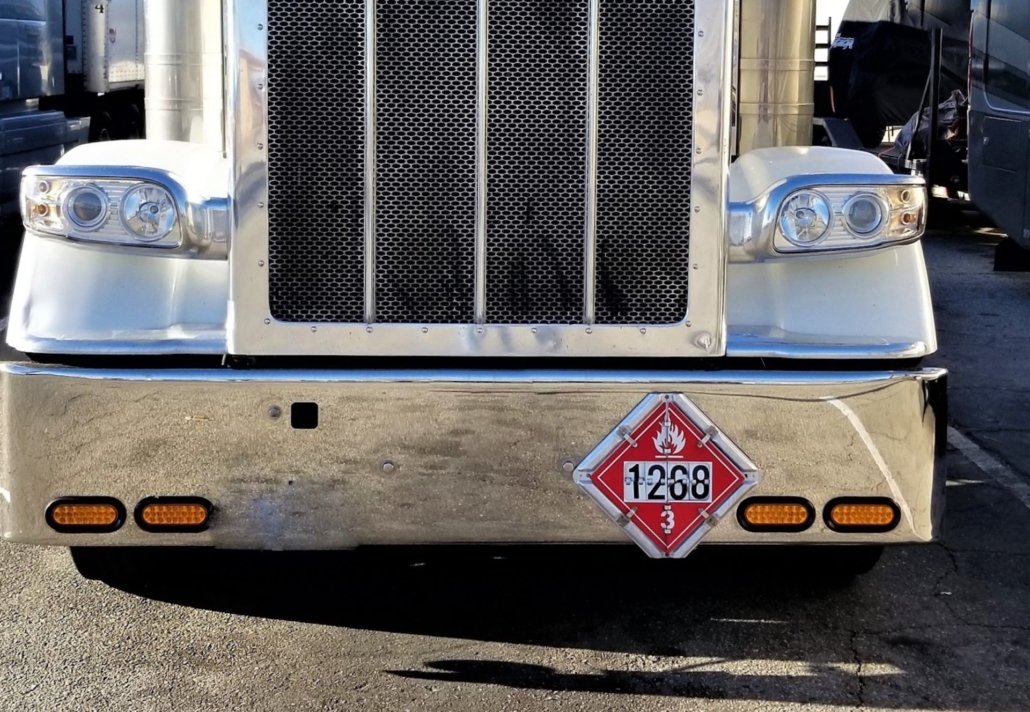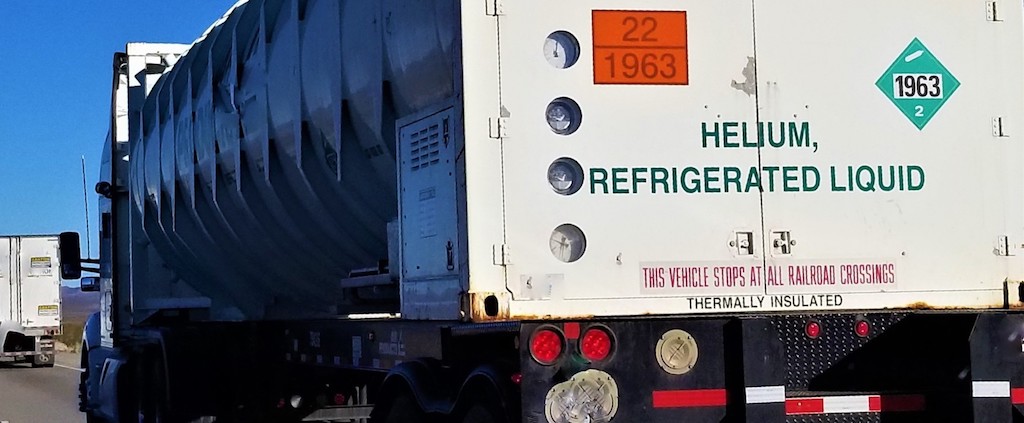OSHA Inspections – The General Duty Clause

While you may be familiar with OSHA inspections that result in violations of 29 CFR 1910, 1926, 1904, etc., have you experienced a citation that references the General Duty Clause? Section 5(a)(1) of the Occupational Safety and Health (OSH) Act of 1970 is commonly known as the General Duty Clause. It states, in part: “(a) […]
DOT HazMat – Understanding Training Needs in Manufacturing

Transporting hazardous materials requires care, attention, and specific training certified by the Department of Transportation (DOT). It’s essential that employers understand what qualifies as a hazardous material and what this means for their employee training requirements. Am I a Department of Transportation Hazardous Materials Employer? If you are unsure whether your business is classified as […]
Temporary Workers – Preparing Your Company When Bringing in Additional Help

Hiring temporary workers has increased more than ever in today’s work environment. This can create many opportunities for staffing agencies and host employers looking to hire workers in the future. Is your company prepared to work with staffing agencies? Do you have the correct information in place when hiring a temporary employee? When a temporary […]
Injury Management 101

Injury management is an important part of any facility’s safety management program. Facilities should have a plan to prevent injuries from happening, as well as a plan to handle the effects of an injury on the facility and employee. Injury Management can be broken down into three portions: (1) Ways to prevent injuries from occurring, […]
Stormwater Pollution Prevention Plans (SWPPPs): Keeping Your Plan Compliant

If your facility performs industrial activities outside or has outdoor storage, there is a good possibility that you are applicable to general industrial stormwater permitting. Whether you are familiar with the requirements of your industrial stormwater permit or are looking to apply for permit coverage for the first time, all general industrial stormwater permittees are […]
OSHA’s Regulatory Agenda, Strategy and Emphasis Programs – Setting Up Your Year for Success

OSHA’s Regulatory Agenda Understanding OSHA’s regulatory agenda and priorities for 2021 can help your business maintain compliance and avoid costly fines. OSHA’s Regulatory Agenda and the recently published Site-Specific Targeted Inspections guidance help provide insight into regulatory areas that this year’s inspections will focus on. This information is critical for evaluating the likelihood of an […]
Safety Committees – Tips for an Effective Team

Safety Committees can be a multifaceted tool within any organization’s Health and Safety program. According to an article from EHS Today by Guy Burdick, “Having one could reduce the number of workplace injuries and illnesses and workers’ compensation claims while bolstering your compliance with federal or state occupational safety and health regulations.” However, there is […]
Contingency Plans & Quick Reference Guides

In order to facilitate the response to a potential emergency, all Large Quantity Generators (LQGs) are required to submit a Contingency Plan. According to Title 40 CFR §262.261, a “contingency plan must describe the actions facility personnel must take to comply with §§262.260 and 262.265 in response to fires, explosions, or any unplanned sudden or […]
TRI Reporting: Lead and the “Qualified Alloys”
Background The Toxics Release Inventory (TRI) is a national, publicly available database that summarizes toxic chemical releases reported annually by industrial and federal facilities. It is a great resource that distributes vital information to the public and is used to inform decision-making by communities, government agencies, and others. Unfortunately, completing the annual July 1 disclosure […]
DOT Hazardous Materials – Understanding the Core Requirements

The transportation of hazardous materials (HazMat) within the United States is governed by the Hazardous Materials Transportation Act, with its purpose being to “protect against the risks to life, property, and the environment that are inherent in the transportation of hazardous material.” The regulations, which were created under the passage of this act, can be […]
